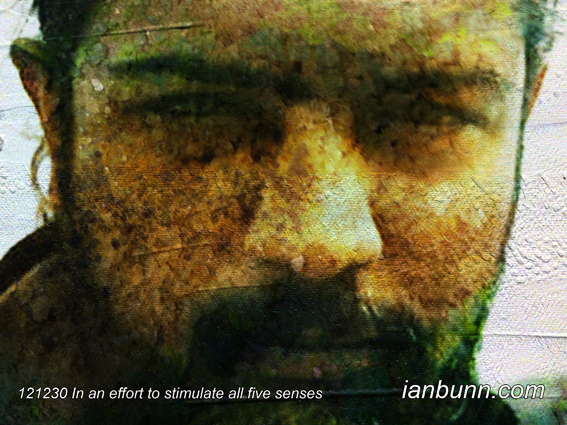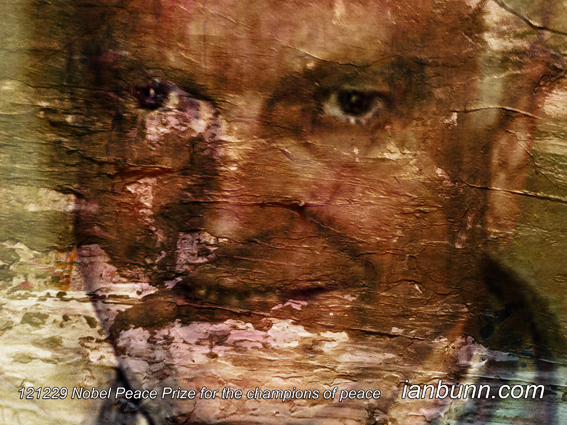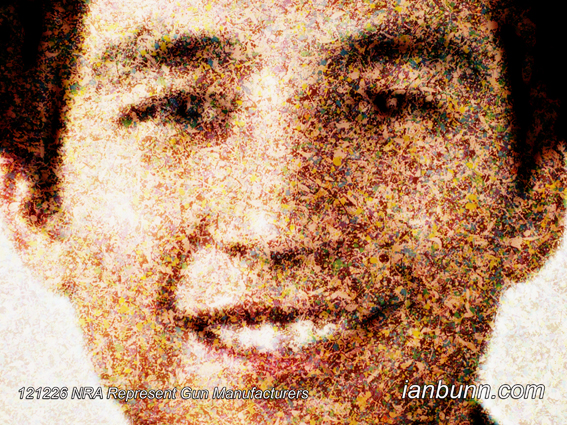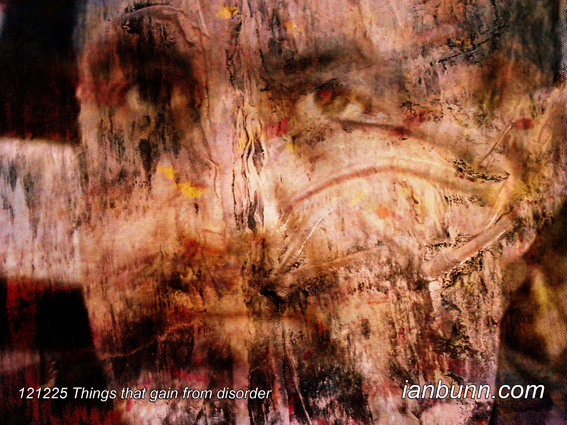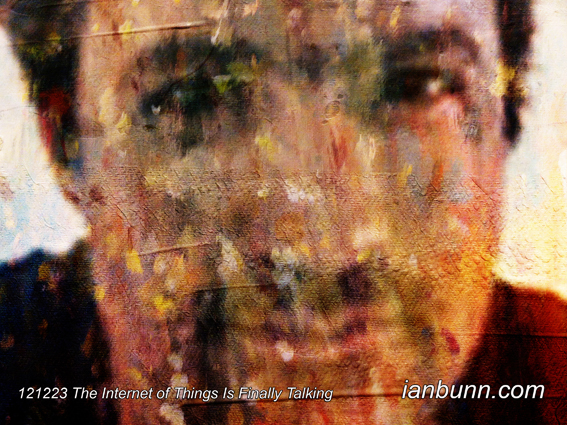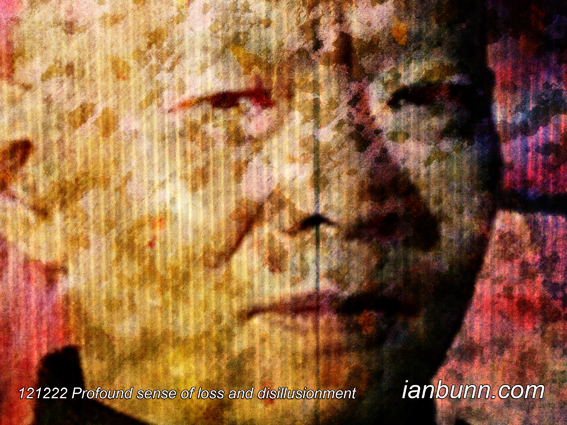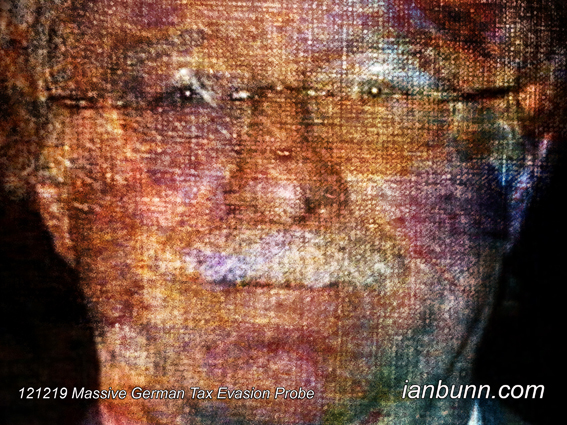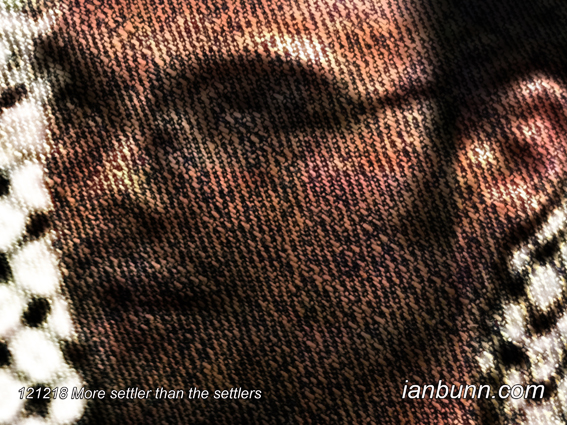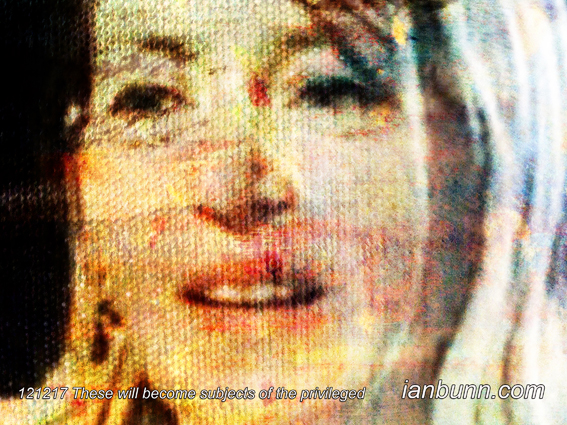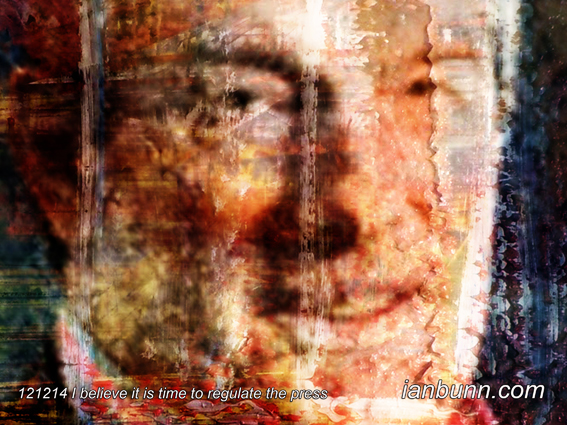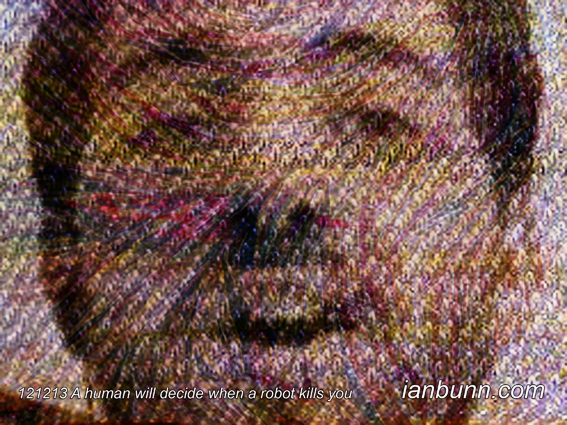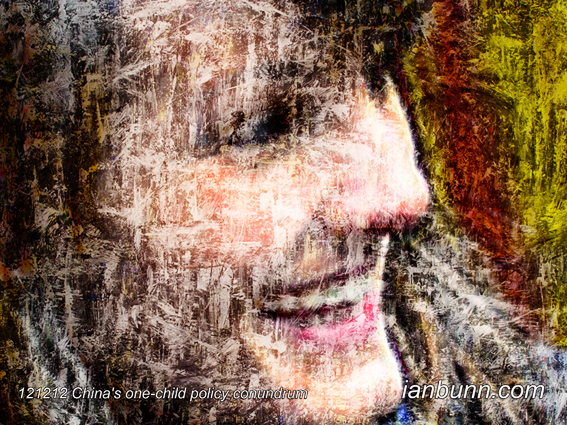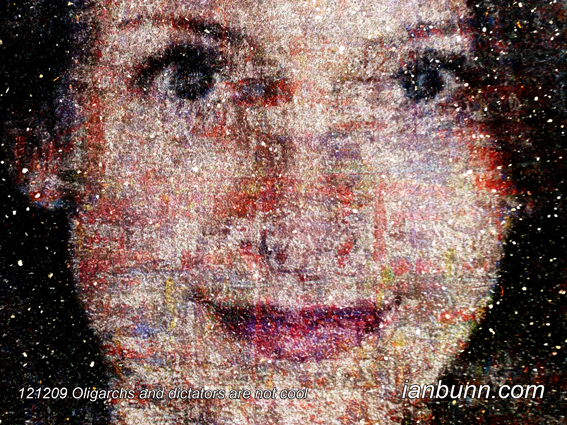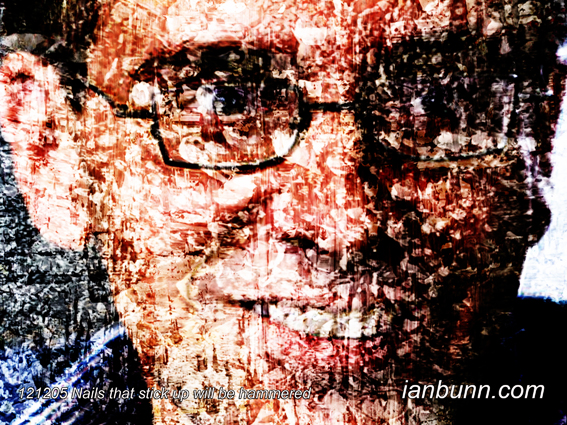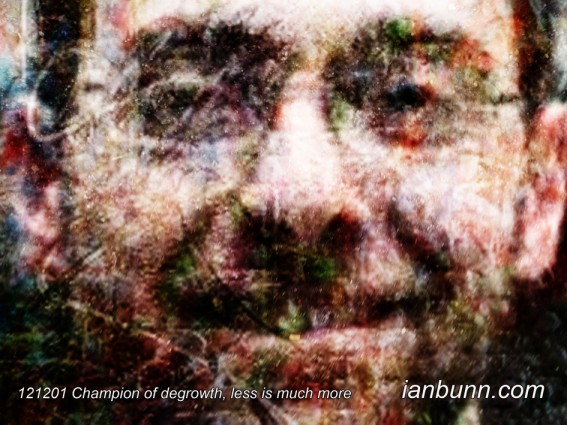 Dangerous man espousing dangerous nonsense (December 31 2012)
Dangerous man espousing dangerous nonsense (December 31 2012)
Piers Stefan Pughe-Morgan, known professionally as Piers Morgan, the 47 year old British journalist and television host working in the United States is the subject of a petition to the Obama Administration to deport him back to Great Britain for Attacking 2nd Amendment. In the wake of the December 2012 Sandy Hook Elementary School shooting Morgan criticised American gun laws when interviewing Larry Pratt on his gun control views, calling him a “stupid man” and “a dangerous man espousing dangerous nonsense” after Pratt argued that the best way to combat crime in the USA was to have more guns. The petition at this time has gathered 88,485 signatures, exceeding the 25,000 threshold which requires a response from the White House. Tommy Christopher in a Mediate article titled ‘Anti-Piers Morgan Petitioners Are A National Embarrassment’ states “This is why we can’t have nice things. A little over a year ago, the White House announced an innovative way for Americans to engage with their government by creating online petitions that the White House would have to respond to if enough signatures (25,000) were gathered. One consequence of the “We the People” program, however, is that a relatively small number of Americans now have the ability to shame the entire nation before the world, as is the case with the gun-loving morons… While obvious, it should be noted that Piers Morgan is “attacking” and “targeting” with speech, an activity that, if memory serves, is addressed somewhere in that Amendment-thingy. It might even be somewhere near that 2nd Amendment, I’ll have to check. That First Amendment also protects the right of these 82,000 people to be idiots in public, but that doesn’t mean the rest of us have to be happy about it. What these petitioners have done is tell the world that when Americans don’t like your ideas, they try to get the government to silence you. It’s true that these people represent a mere fraction of a fraction of our population, but the petition amplifies their voices well beyond what they could ever have hoped for.”
Inspired by Tommy Christopher ow.ly/gpLjV image source Facebook ow.ly/gpLiT
